The campus rabbits and I have some things in common. I worry about surviving my midterms, they’re worrying about surviving that owl that’s been haunting Muir College lately. I don’t know about you, but I’ve always found the Animal Kingdom (and UC San Diego during finals week) to be quite brutal. It’s all about life and death.
Despite this, there are some aspects of the animal world that bring me joy—one of which are baby animals. I cannot begin to describe how happy seeing miniature versions of animals makes me. But what’s even better than baby animals? Baby animals with their parents (like the adorable bunny groups by the WongAvery library).
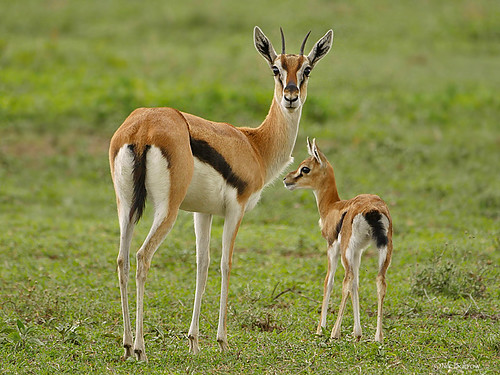
Parental care varies across species, especially across mammals. In some cases, the male is not much help and is only around to procreate, leaving the parenting to the female. This type of group is known as female with young. Oftentimes, many females with young will congregate to share resources and protect each other from predators. An example of this is the Thomson’s Gazelle. Sexually mature male gazelles are often solitary and very territorial, attempting to mate with females that enter their territory. If successful, no long term relationship is established between them and they each go their separate ways. Once the calf is born, females form herds with other females and their young and stay in areas with lots of shrubs to stay hidden. Once the calf has reached 3-6 months of age , they rejoin the main herd that includes juvenile males. If the calf is male, it later splits off with a bachelor herd until it is ready to mate.
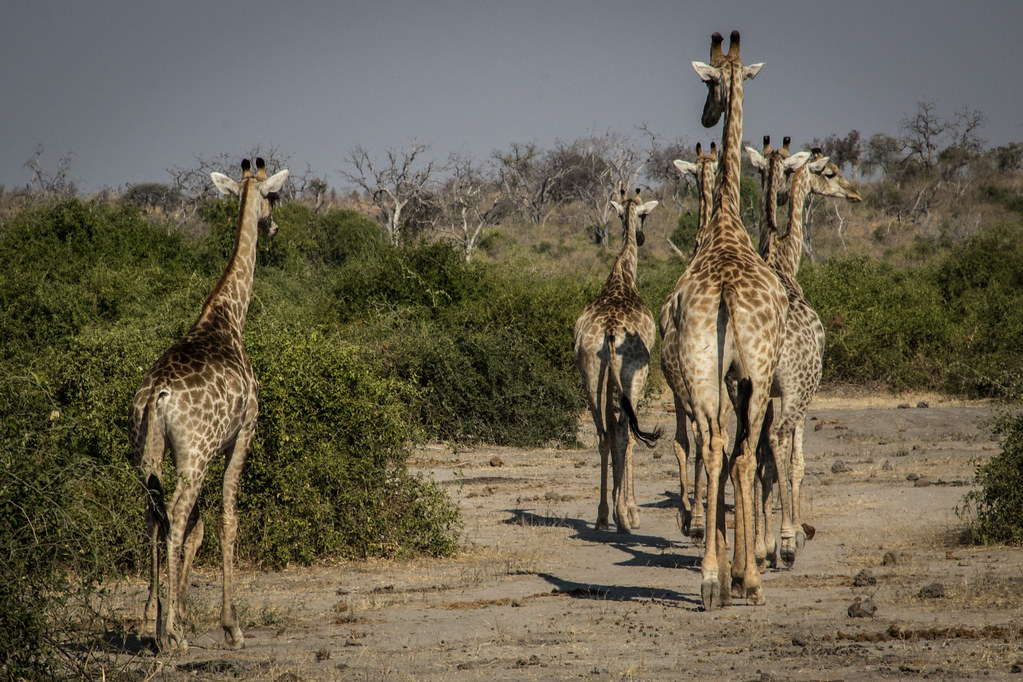
Another type of animal that typically has females with young groups are giraffes. Normally, giraffes don’t have any sort of regulated social groups. They are free spirits, if you will. They don’t form long-lasting relationships and because of this, (spoiler alert) they don’t make good parents. However, groups of mothers and their young have been a common observation. These are called nursery groups and often consist of 2-3 mother-offspring pairs that last for several months. The giraffe’s weak spot is its neck, which isn’t something you typically have to worry about if you’re an adult giraffe because their necks are out of reach of most of their threats. However, if you’re a young calf, standing at about 6 ft, your neck is prime real estate to a hungry lion. Forming nursery groups reduces the chances that offspring will be preyed upon because there are more eyes to watch for predators. Another observed behavior among nursery groups is the role of the ‘babysitter’, or alloparental care. Moms can leave their young with another giraffe who will watch them, but they might not always come back. Remember how I said giraffes don’t make great parents? Well, I’ve known of a giraffe or two to walk away from its offspring while nursing or just straight up abandon its child. I don’t know what business giraffes have that is so urgent, but it is clearly more important than ensuring the survival of their offspring (hence a mortality rate of 50%).
While it seems unfortunately familiar that moms are the only ones that dedicate time and energy to making sure their offspring make it to adulthood, there are also instances where the male takes on an active parenting role. These groups are typically called family units because both a male and female are present.
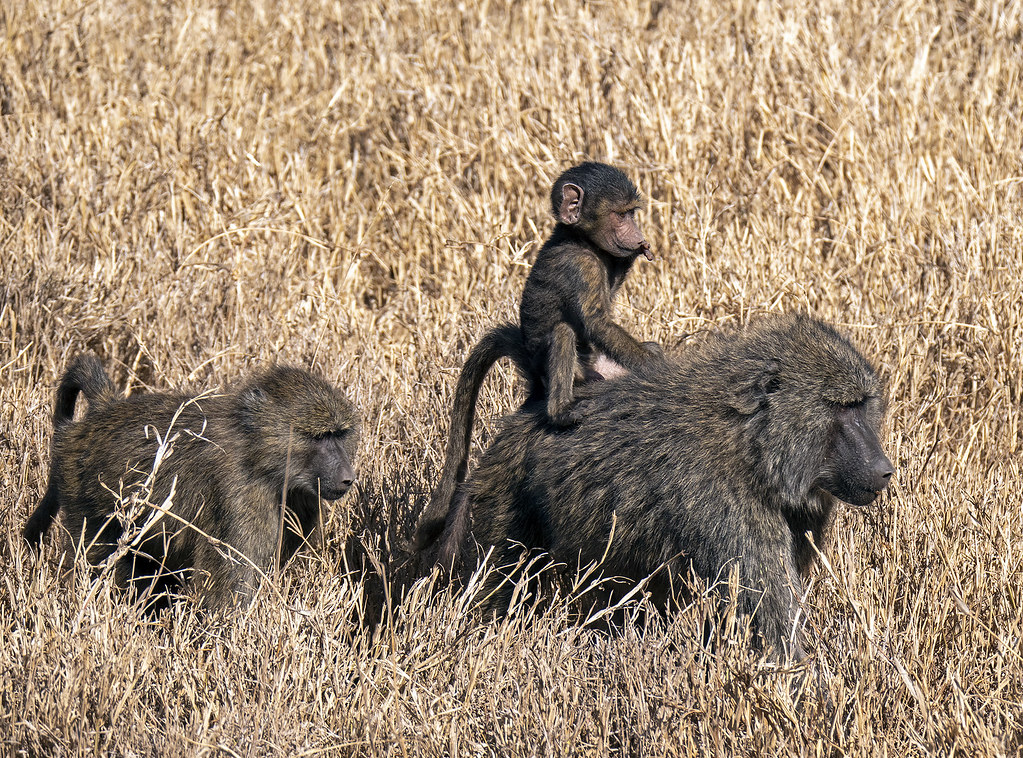
One species that can be typically found in family units are olive baboon
s. Olive baboons form very large groups of majority females, with solitary males coming in and out to mate. They compete with each other for access to females, from which family subgroups (one male and one female) form to raise young. Over time, females have many different partners, so it is not always certain who the father of their offspring is; and unfortunately, paternity tests are not commonly available in baboon societies. Regardless, the chosen male at the time fathers the child in order to gain approval from the mother. This is known as godfathering, and baboons do this for about 2 years (about half the time to raise a baboon).
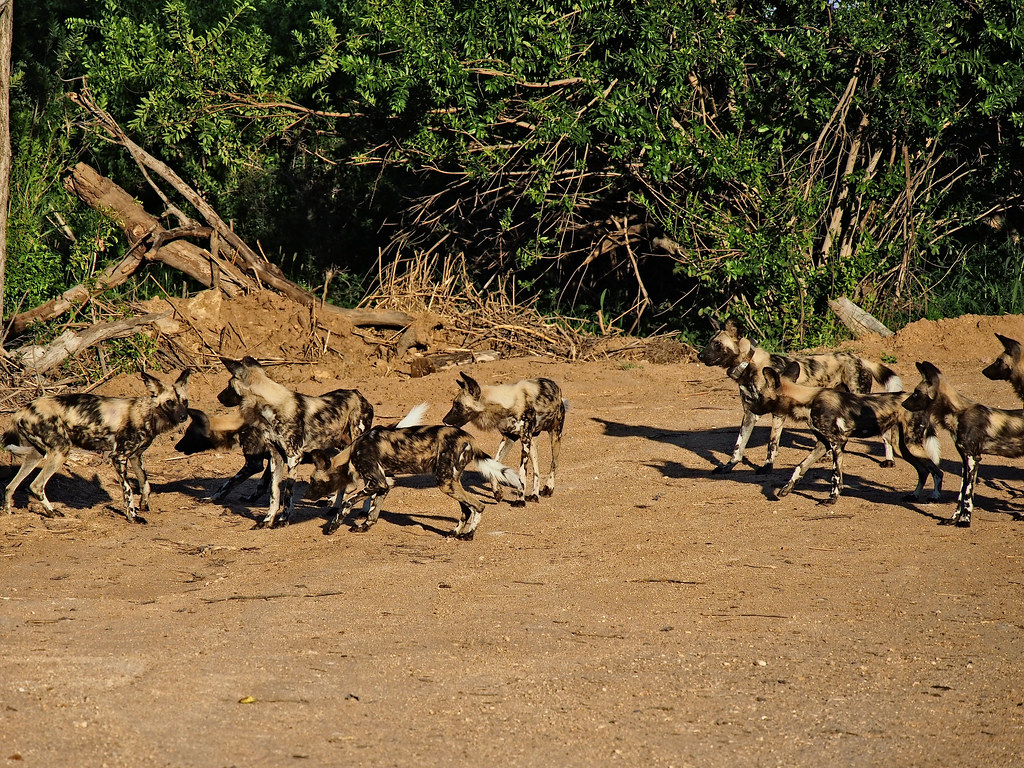
A more well known case of the family unit group is displayed in African wild dogs. Like wolves, these dogs form packs where they work together to hunt prey. While there are up to fifteen members in a pack, the most dominant male and female, also known as the alpha couple, lead the group. These are also the only two who reproduce. The other dogs are most likely males and the sons of the alpha couple. The alpha couple produces about 10-12 new puppies per litter. While they are young, one dog guards them while the rest of the pack hunts and brings back food. After about 3 years, the male puppies stay with the pack, and the females leave to form a new pack with unrelated males.
An interesting fact about the African wild dog is that they mate for life! This means that they will only have one partner throughout their entire life. While true monogamy is rare in the animal kingdom, it can be advantageous for family units. My personal favorite species that mates for life is the dik-dik. Dik-diks are the smallest of the antelope subfamily standing at about 12-16 inches. They only live for a few years so it makes sense that they would only have one partner. They have about one offspring twice a year. Once these offspring reach sexual maturity at 6 to 9 months old, they find a mate, settle territory together, and raise their own offspring. It’s quite sweet.
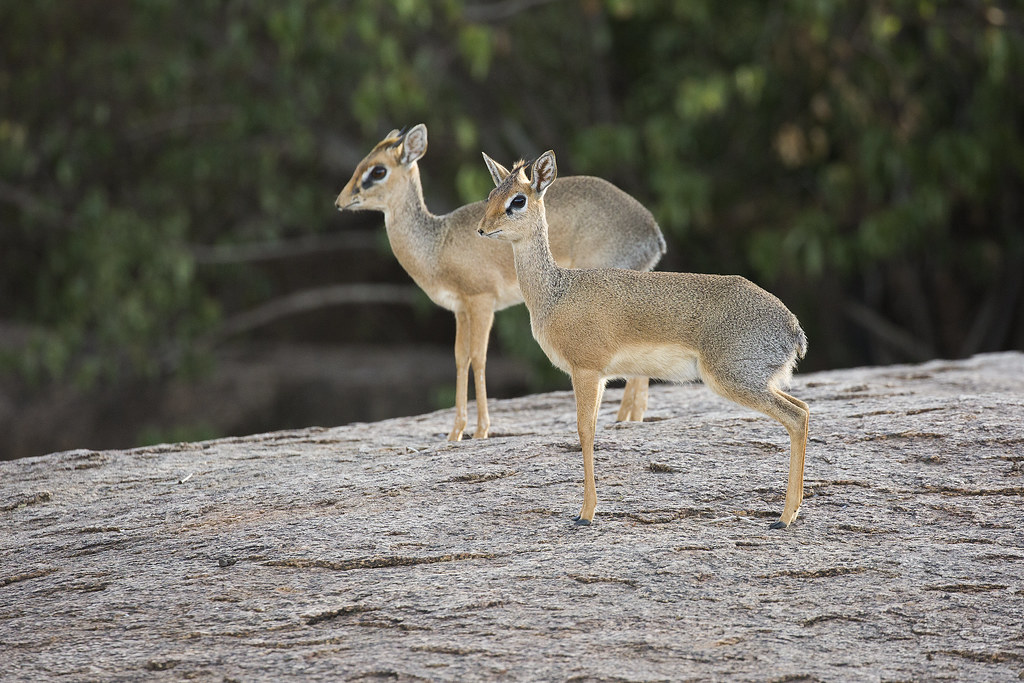
While parental care can look different for every animal (and in some cases it might not even exist), these family groups animals form are truly what’s best for the survival of the offspring. The animal kingdom is a brutal place, so they gotta do what’s necessary to ensure the next generation makes it. Just like I have to make sure that I can make it to next quarter.
Sources
https://www.squawmountainranch.com/gazelle-mating-behavior/
https://www.nczoo.org/blog/giraffe-social-systems-friends-high-places
https://www.marylandzoo.org/animal/reticulated-giraffe/
https://www.travelbutlers.com/safari/wildlife-guide/baboon.asp
https://www.africanwilddogwatch.org/wp-content/uploads/awdw0001.pdf
https://animaldiversity.org/accounts/Madoqua_saltiana/